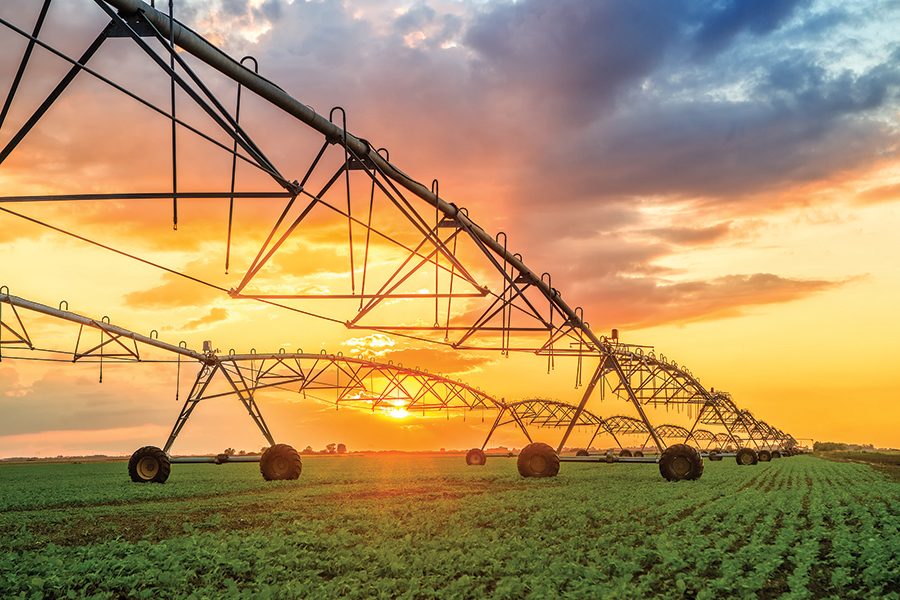
Home » Yes, Washington is still in a drought
Yes, Washington is still in a drought

January 24, 2025
The Tri-Cities have received roughly 4.5 inches of rain since November, nearly 60% more than the average precipitation for that time of year. But neither that nor the above-average snowpack in the mountains is enough to end the state’s drought.
Despite the wet winter so far, the drought declared in April 2024 is still in effect, state ecology officials said in a recent blog post. Experts are still watching for definitive evidence of sustained drought recovery such as improved snowpack, streamflows and soil moisture.
“Previous forecasts predicting a colder and wetter winter haven’t come to fruition,” the officials said. “There is added uncertainty around the temperature forecast for the upcoming months, but more confidence in above normal winter and spring precipitation.”
Average precipitation statewide is 108% of normal statewide since October. However, Eastern Washington has skewed that average, having experienced precipitation ranging from 110% to 190% of normal, while western Washington has areas of much below normal precipitation.
Climate prediction experts have officially declared that La Niña has arrived. However, it’s expected to be less of an impact on Washington state’s temperature and precipitation while persisting through spring.
The statewide snowpack is currently 111% of normal but ecology officials say that doesn’t mean there will be plenty of water come spring. Snowpack was healthy in 2021 and 2023 before spring heat waves resulted in early melt-off.
And there are some worrisome trends being watched. The U.S. Bureau of Reclamation’s reservoir storage is at 35% of average for January in the Yakima Basin.
Latest News Agriculture Environment
KEYWORDS January 2025
Related Articles
Related Products




